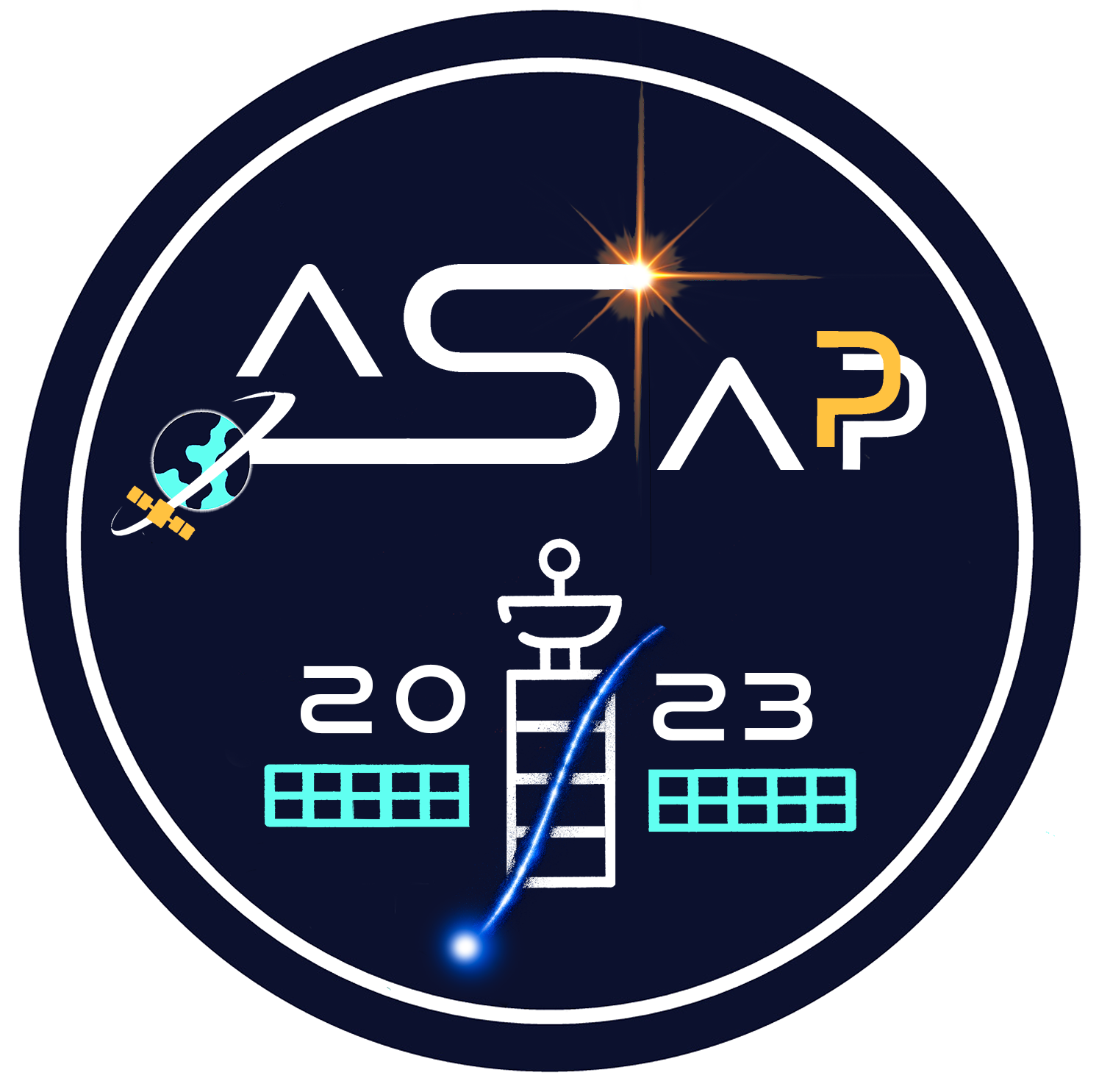Speaker
Description
The Alpha Magnetic Spectrometer (AMS) is a particle physics experiment on board the International Space Station (ISS) designed to accurately measure the principal and the rarest Cosmic Rays components in the rigidity range from 1 GV to several TV.
Following a long period of construction and testing, AMS was launched to the ISS and installed on May 19, 2011, and since then collects data and it is supposed to take data for the whole life of the ISS, that currently extends to 2030.
AMS has the unique capability of distinguishing matter from anti-matter, thanks to its capability of measuring the charge sign from the track deflection within its magnetic field. For this reason the Collaboration has decided to upgrade the silicon tracker and use at the best the remaining data taking time up to 2030. The proposed upgrade concerns the installation of an additional tracking layer on the top of the existing instrument whose main advantage would be the increase of a factor 3 of the acceptance in many analysis channels.
In the presentation we will briefly discuss the advantages of the increased acceptance and then present the details of the design, construction, and installation of the additional tracking layer. We will highlight the technological choices and implementation needed to complete all the activities in about 3 years, for a launch foreseen early in 2025.
